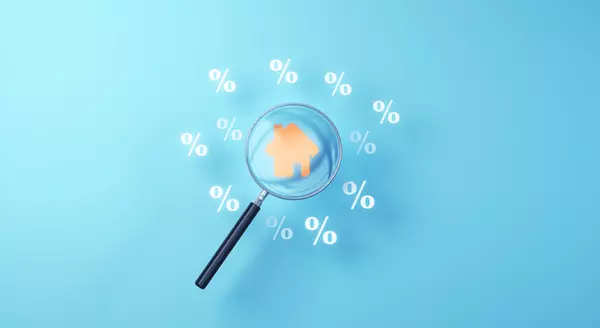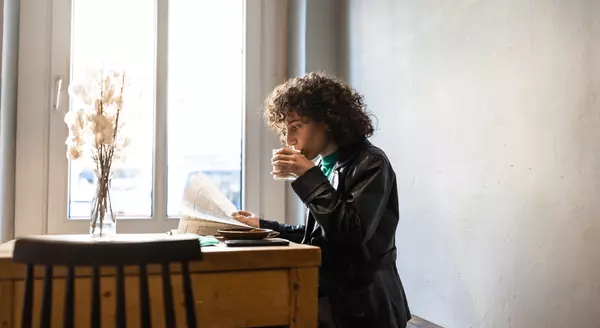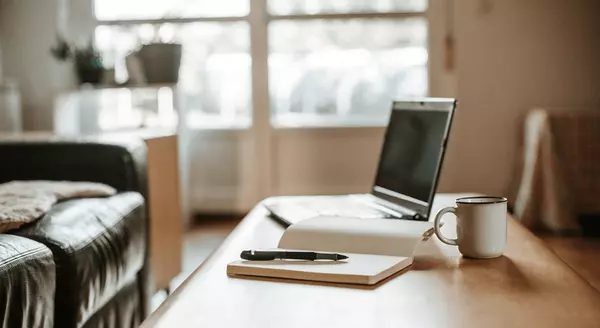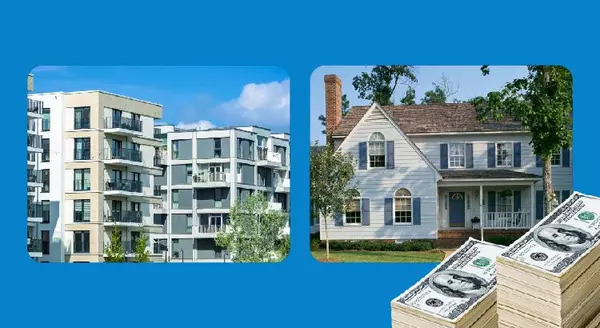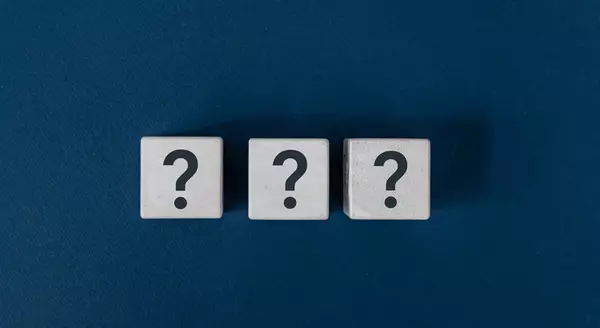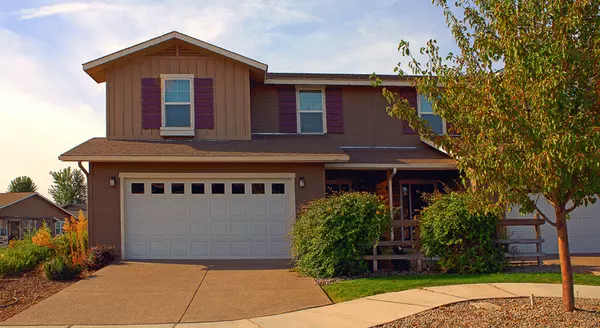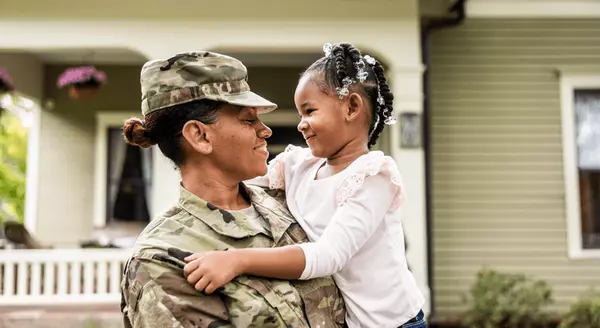
What To Know About Closing Costs
Now that you’ve decided to buy a home in Oklahoma and are ready to make it happen, it’s a good idea to plan ahead for the costs that are a typical part of the homebuying process. And while your down payment is probably the number one expense on your mind, don't forget about closing costs. Here’s what you need to know. What Are Closing Costs? Simply put, your closing costs are the additional fees and payments you have to make at closing. And while they’ll vary based on the price of the home and how it’s being financed, every buyer has these, so they shouldn’t be a surprise. It’s just that some people forget to budget for them. According to Freddie Mac, this part of the homebuying process typically includes: Application fees Credit report fees Loan origination fees Appraisal fees Home inspection fees Title insurance Homeowners insurance Survey fees Attorney fees Some of these are one-time expenses that are baked into your closing costs. Others, like homeowners’ insurance, are initial installment payments for ongoing responsibilities you’ll have once you take possession of the home. How Much Are Closing Costs? The same Freddie Mac article goes on to say: “Closing costs vary greatly depending on your location and the price of your home. Typically, you should be prepared to pay between 2% and 5% of the home purchase price in closing fees.” With that in mind, here’s how you can get an idea of what you’ll need to budget. Let’s say you find a home you want to purchase at today’s median price of $422,600. Based on the 2-5% Freddie Mac estimate, your closing fees could be between roughly $8,452 and $21,130. But keep in mind, if you’re in the Oklahoma market for a home above or below this price range, your numbers will be higher or lower. Tips To Reduce Your Closing Costs If you’re wondering if there’s any way to inch that down a little bit, NerdWallet lists a few things that could help: Negotiate with the Seller: Some Oklahoma sellers are willing to cover part or all of these expenses — especially since homes are staying on the market a bit longer now. Sellers may be more motivated to compromise, and you’ll find you have a bit more negotiation power. So don’t hesitate to ask them for concessions like paying for the home inspection or giving you a credit toward closing costs. Shop Around for Home Insurance: Since rising home insurance is a challenge in many areas of the country right now, take the time to get a clear picture of all your options. Each insurance company offers their own policies and coverage, so get multiple quotes and see how they compare. Choosing a policy that provides reliable coverage at a competitive rate can make a difference. Look into Closing Cost Assistance: Just like there are programs out there to help with your down payment, options exist to get support with closing costs too. While they’ll vary by area, there are programs for various income levels, certain professions, and specific towns or neighborhoods too. If you want to learn more, Experian says: “Your real estate professional should be able to steer you toward applicable programs, and the U.S. Department of Housing and Urban Development (HUD) maintains a helpful resource for finding homebuying assistance programs in every state.” Bottom Line Planning for the fees and payments you'll need to cover when you're closing on your Oklahoma home is important – and it doesn’t have to be a big surprise. For more tips and expert advice, partner with a team of trusted real estate professionals, including a trusted agent and lender.

What You Need To Know About Today’s Down Payment Programs
There's no denying it's gotten more challenging to buy a home in Oklahoma, especially with today's mortgage rates and home price appreciation. And that may be one of the big reasons you’re eager to look into grants and assistance programs to see if there’s anything you qualify for that can help. But unfortunately, many Oklahoma homebuyers feel like they don’t know where to start. A recent Bank of America Institute study asked prospective buyers where they lack confidence in the process and need more information. And this is what topped the list: 53% said they need help understanding homebuying grant programs. So, here’s some information that can help you close that gap. What Is Down Payment Assistance? As the Mortgage Reports explains: “Down payment assistance (DPA) programs offer loans and grants that can cover part or all of a home buyer’s down payment and closing costs. More than 2,000 of these programs are available nationwide. . . DPA programs vary by location, but many home buyers could be in line for thousands of dollars in down payment assistance if they qualify.” And here’s some more good news. On top of all of these programs, you probably don’t need to save as much for your down payment as you think. Contrary to what you may have heard, typically you don’t have to put 20% down unless it’s specified by your loan type or lender. So, you likely don’t need to save as much upfront, and there are programs designed to make your down payment more achievable. Sounds like a win-win. First-Time and Repeat Buyers Are Often Eligible It’s also worth mentioning, that it’s not just first-time homebuyers that are eligible for many of these programs. That means whether you’re looking to buy your first house or your fifth, there could be an option for you. As Down Payment Resource notes: “You don’t have to be a first-time buyer. Over 39% of all [homeownership] programs are for repeat homebuyers who have owned a home in the last 3 years.” Additional Down Payment Resources That Can Help Here are a few of the down payment assistance programs that are helping many buyers achieve their dream of homeownership, even now: Teacher Next Door is designed to help teachers, first responders, health providers, government employees, active-duty military personnel, and Veterans reach their down payment goals. Fannie Mae provides down payment assistance to eligible first-time homebuyers living in majority-Latino communities. Freddie Mac also has options designed specifically for homebuyers with modest credit scores and limited funds for a down payment. The 3By30 program lays out actionable strategies to add 3 million new Black homeowners by 2030. These programs offer valuable resources for potential buyers, making it easier to secure down payments and realize their dream of homeownership. For Native Americans, Down Payment Resource highlights 42 U.S. homebuyer assistance programs across 14 states that ease the path to homeownership by providing support with down payments and other associated costs. If you want more information on any of these, the best place to start is by contacting a trusted real estate professional. They’ll be able to share more details about what may be available, including any other programs designed to serve specific professions or communities. And even if you don’t qualify for these types of programs, they can help see if there are any other federal, state, and local options available you should look into. Bottom Line Affordability is still a challenge, so if you’re looking to buy, you’re going to want to make sure you’re taking advantage of any and all resources available. The best way to find out what’s out there is to connect with a team of real estate professionals, including a trusted lender and a local agent.
![Myths About the 2024 Housing Market [INFOGRAPHIC],Jen Kelsey](https://img.chime.me/image/fs/chimeblog/20240420/16/w600_original_5fbc2832-02cd-4255-bf02-8a644bdddfcc-png.webp)
Myths About the 2024 Housing Market [INFOGRAPHIC]
Some Highlights When it comes to the current Oklahoma housing market, there are some myths circling around right now. Some of the more common ones are that it’s better to wait for mortgage rates to fall or prices to crash. But there are others about the supply of homes for sale and down payments. Lean on a real estate professional to help separate fact from fiction in today’s housing market.
Categories
Recent Posts
